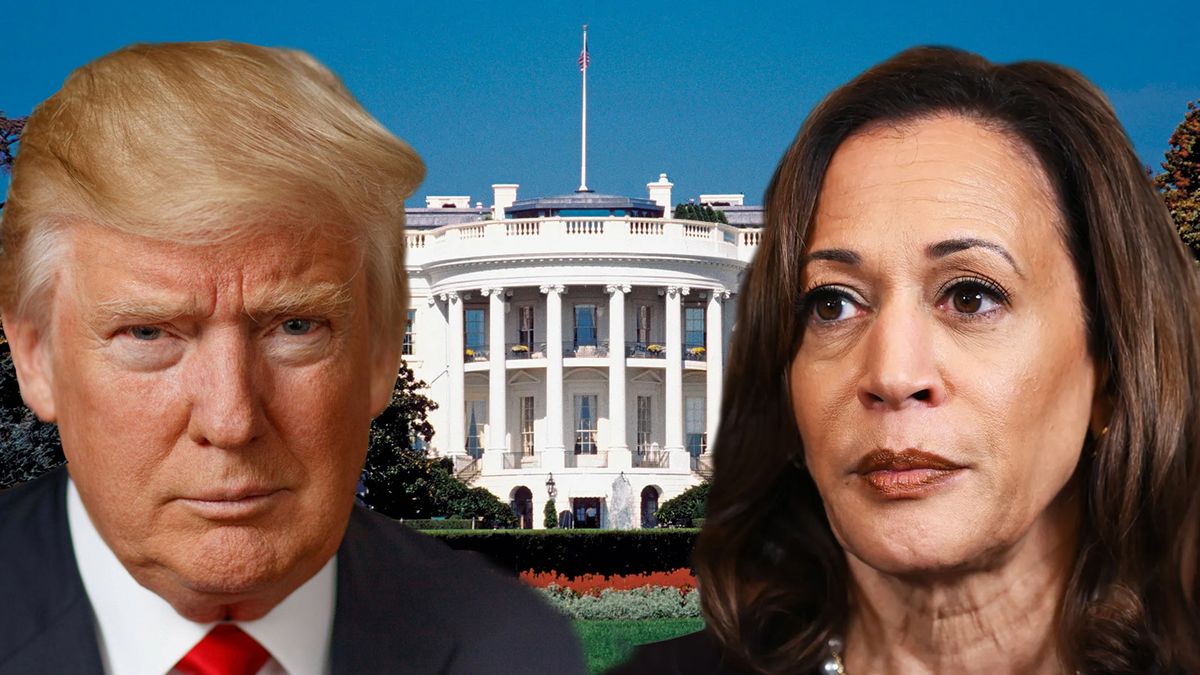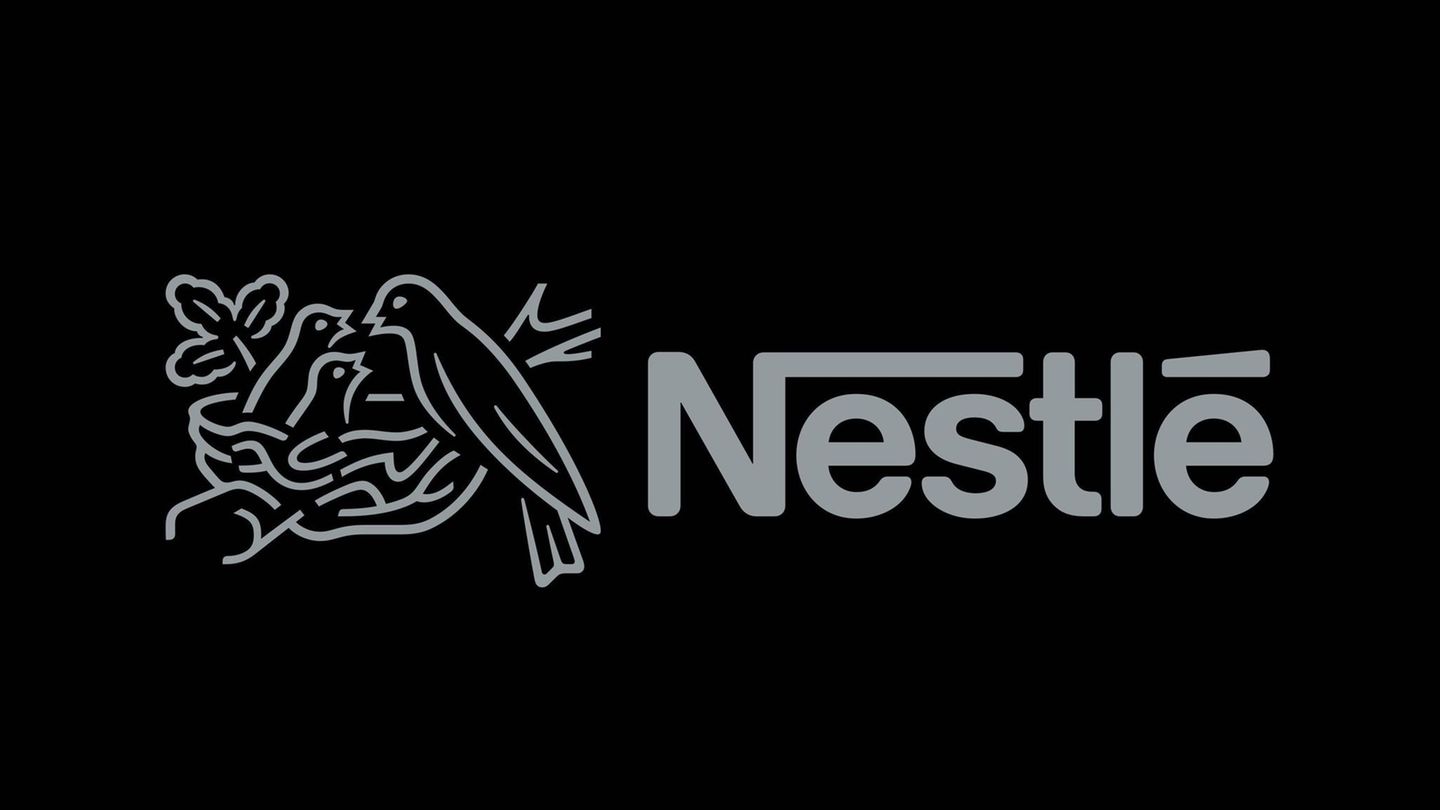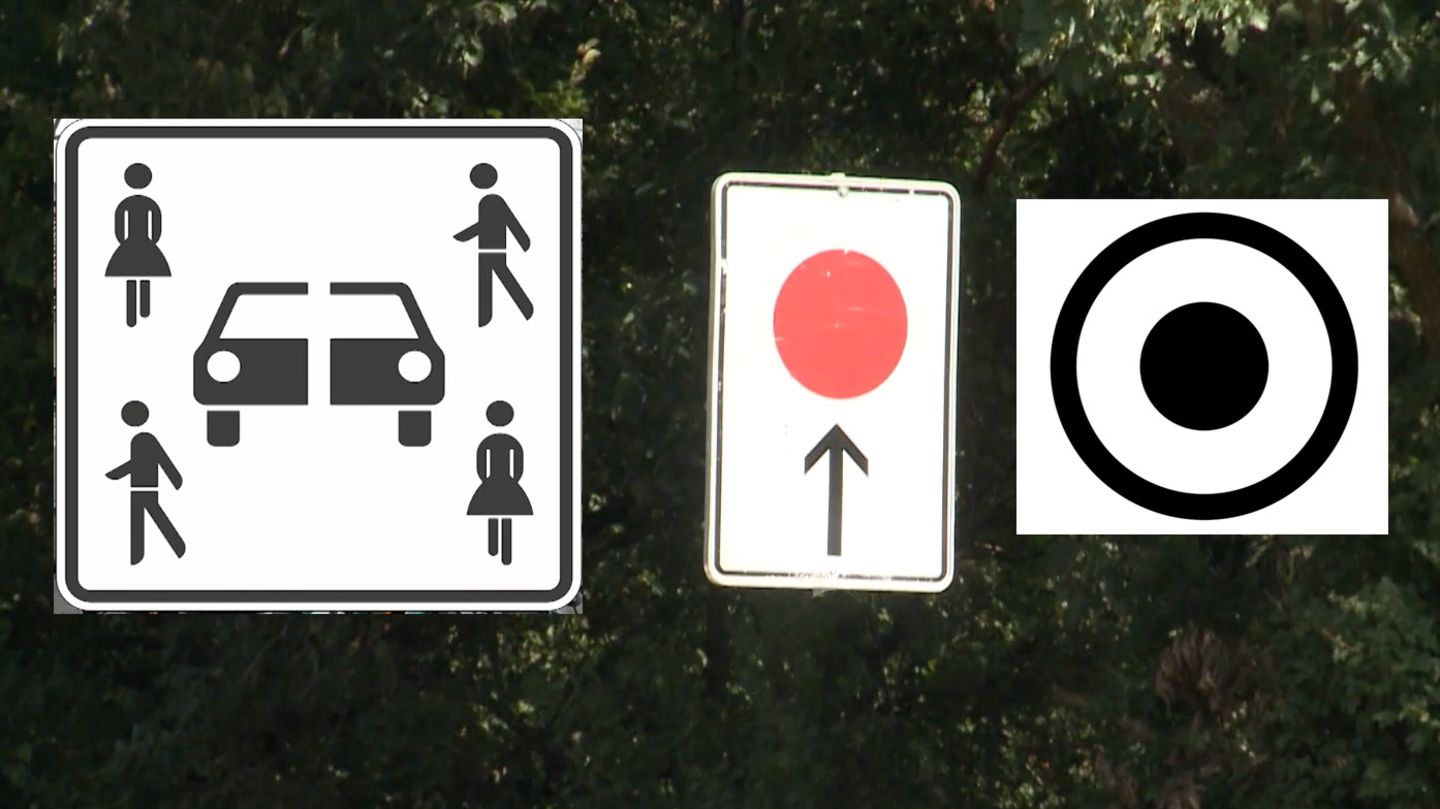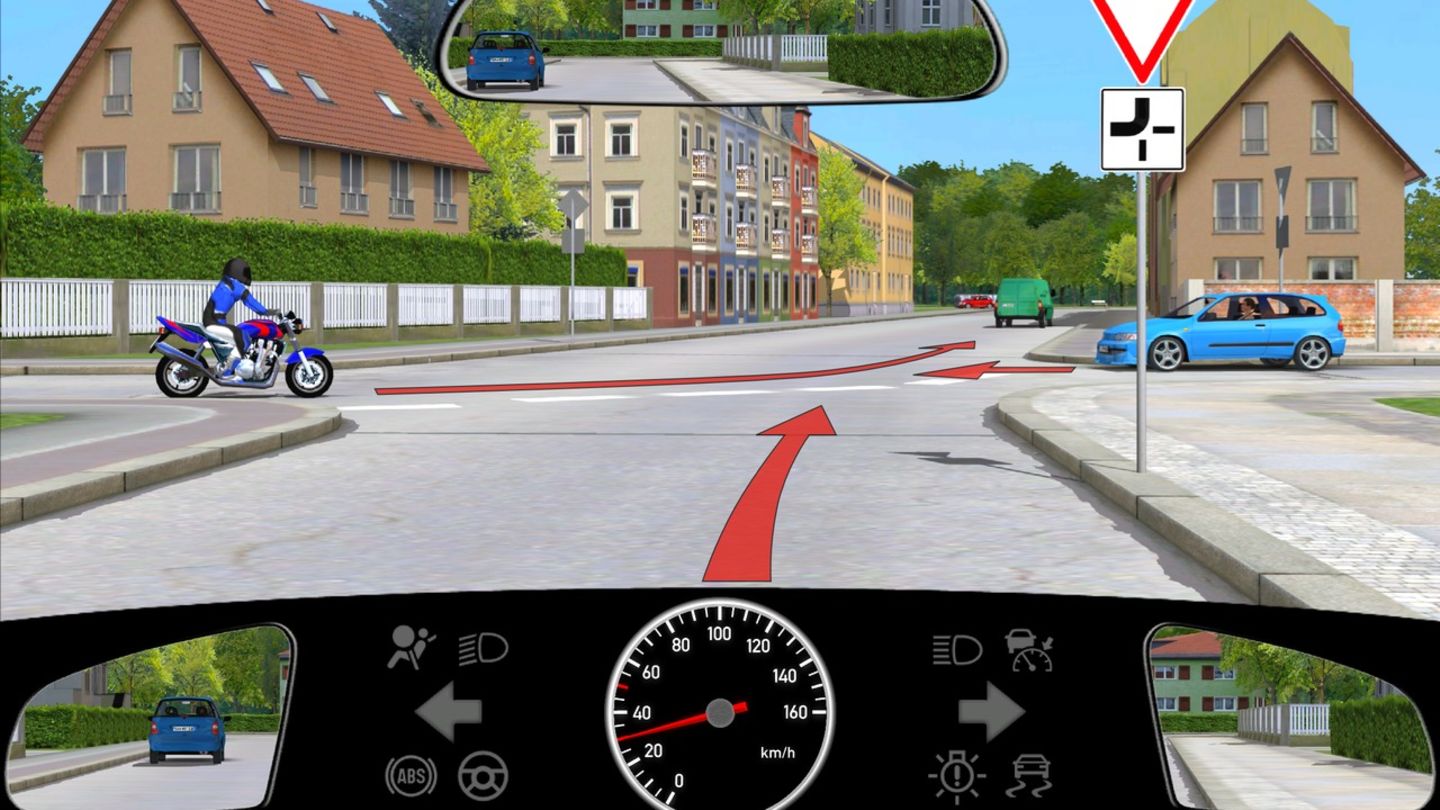There are only a few hours left for the US to choose a new president (as we anticipated, when we will know who, is another story – let’s not rule out that Trump rushes -) and depending on who the winner is, the world may or may not suffer a turnaround like few others. times we have seen. The readers of Scope They must be prepared.
In a week the US will have a new president and there is no need to clarify what this will mean for Americans and the world. Fortune tellers, octopuses, coins, whirligigs, there are countless instruments that are used to predict who will occupy the White House starting next January 20. The two main social mechanisms to try to guess if we will have – for the first time – a “Mrs. President” or a “Mr. President”, are the polls and the results of the betting houses. This medium publishes the main results – without adding any opinion – so that readers are aware of the most probable trends and can thus form their decisions with the best information.
The surveys
The political failure of individual pollsters is proverbial; However, in the aggregate the surveys have been much more accurate. This does not mean that survey aggregators are free of bias (via the weight they give to different results and consultants).
In 2002, Real Clear Politics became the first North American poll aggregator, being recognized based on its results for the 2004 election, and in 2008 it was followed by FiveThirtyEight, which since last year has been – through abcNews – under the control of “ The Walt Disney Co.”
Based on its historical predictions, we could say that RCP has presented a bias towards the center right (Republicans) and 5.38 towards the center left (Democrats).
One point to keep in mind is that in the In the US there is no “electoral ban”so we will continue to provide this information until the moment of the elections.
CPR surveys November 4 T.JPG
Surveys 5.38 November 4 T.JPG
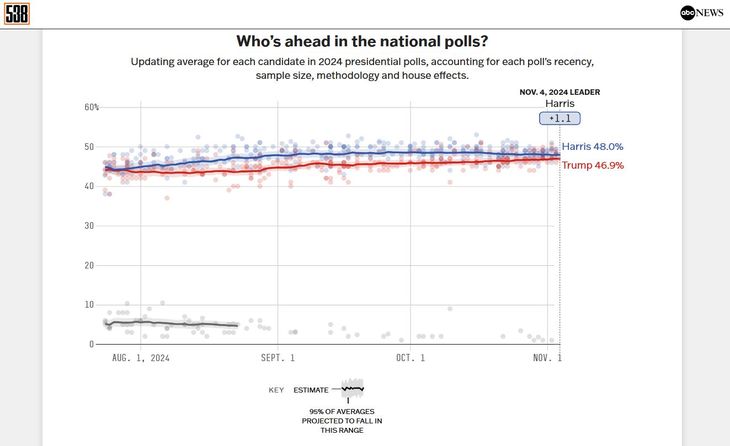
The bets
Given the failure of the pollsters, at the beginning of the century the academic world began to see how the “wisdom of the masses”, collected by betting houses, provided better results than traditional pollsters, especially when the elections were very close. Below, the latest figures from the betting houses according to RCP.
Bets November 4 T.JPG
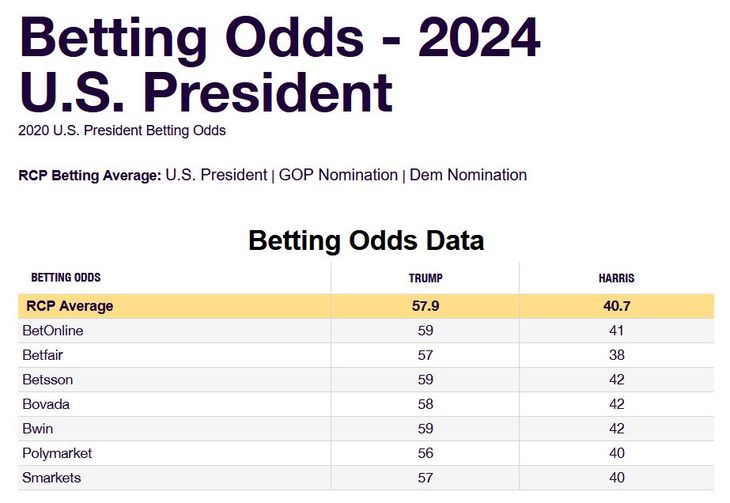
What happened since the morning
When in the previous comment I mentioned that the Republicans had a greater chance of winning the Senate majority, I did not clarify that this, to a large extent, has to do with the fact that, of the 34 seats at stake, 23 are in the hands of the Democrats or like-minded independents, and only 11 from Republicans. This is how, although not for a numerical reason, the former have much more to lose than the latter.
This is significant because it implies that this time “the winner does not take all.”
Senate The economist November 4 T.JPG
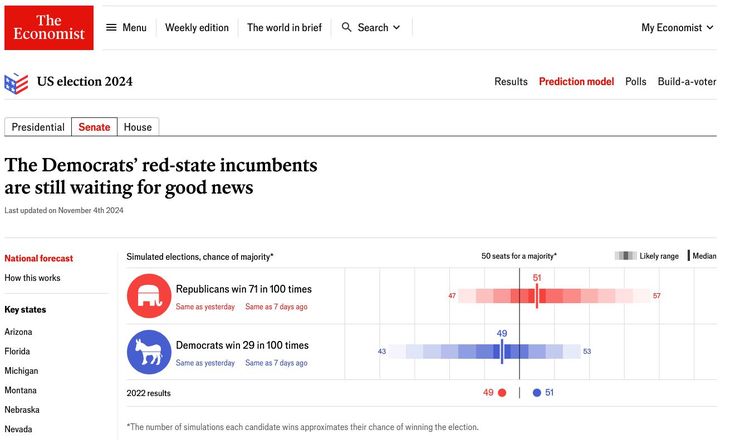
The big surprise would be if the Republicans did not get the majority in the Senate
While the predictive model of “The Economist” remained unchanged since the morning, with a slight bias in favor of Kamala Harris, the people of RCP equaled the chances of winning of the two candidates at 48.5%, while those of “5.38% ” increased hers and reduced his by one tenth, leaving 48% to 46.9%.
Faced with this, the aggregate of bettors favoring the Republican continued to climb to 57.9%, while the possibility that they assigned for the Democrat to win the presidency dropped to 40.7%.
The battle for the Senate RCP November 4 T.JPG
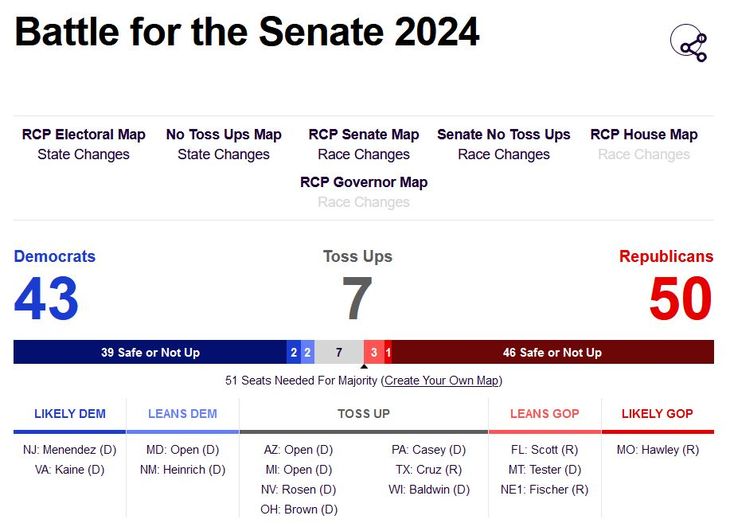
The main models, polls and bettors, are predicting a victory for the Republicans in the Senate
What is clear is that in this election there will not only be a Loser and a winner on the political front, but the same will happen in the discussion about whether polls or bets have better predictive power.
The Senate Polimarkets bets November 4 afternoon.JPG
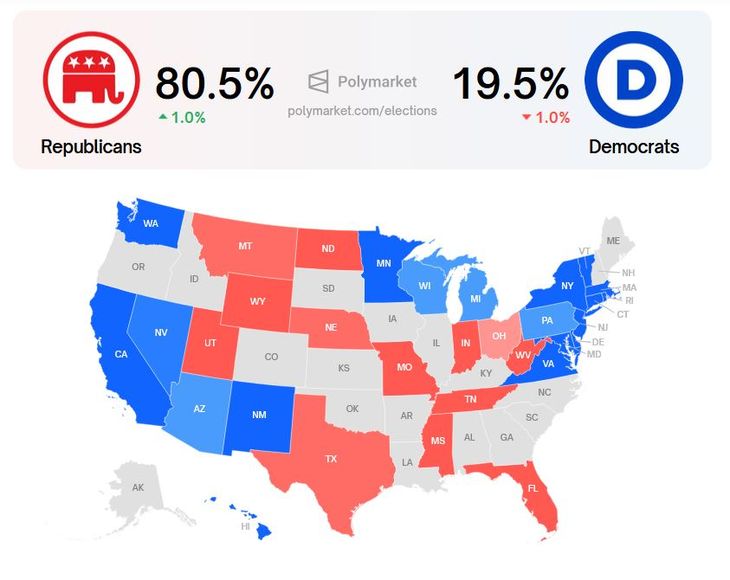
The map of the US, with a red heart (Republican) and a blue border (Democratic) is something that only promises to get deeper and deeper, no matter who wins this election.
The most astute readers will surely wonder why in this series of comments I did not include Kalshi or Robin Hood among the predictive mechanisms for the current presidential election.
Kalshi is a futures market that is dedicated to operating with the results of different events. In early September they began negotiating contracts that involved the outcome of the presidential election and at some point resembled what a “bet” is (With very few exceptions, political betting is prohibited in the US).
The battle for the Senate RCP November 4 map T.JPG

When the regulator, the CFTC, ordered them to desist, they resorted to justice and in early October they obtained a resolution from the Supreme Court that considered that the contracts were made on legal activities (which were more legal than the presidential election) and did not involve “gambling.” ” (these are “Call” option contracts on the figure of the next president).
Deputies the economist November 4 T.jpg
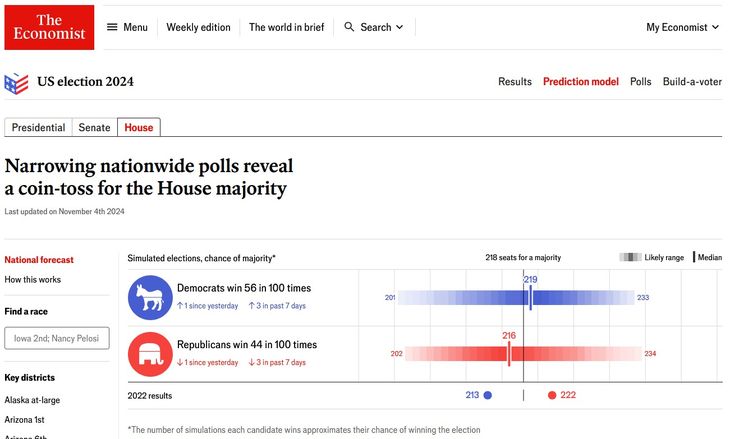
Although differences have been narrowing, the Lower House aims to return to Democratic hands
With this background, last week, the Robin Hood operating platform launched its own contracts. The problem with including them in these comments is that their information is not “free” and being a mechanism without prior history, we do not know to what extent they are “useful.”
See you tomorrow, and if you’re someone in the financial market, get ready for a long night. .
Source: Ambito
I’m a recent graduate of the University of Missouri with a degree in journalism. I started working as a news reporter for 24 Hours World about two years ago, and I’ve been writing articles ever since. My main focus is automotive news, but I’ve also written about politics, lifestyle, and entertainment.

